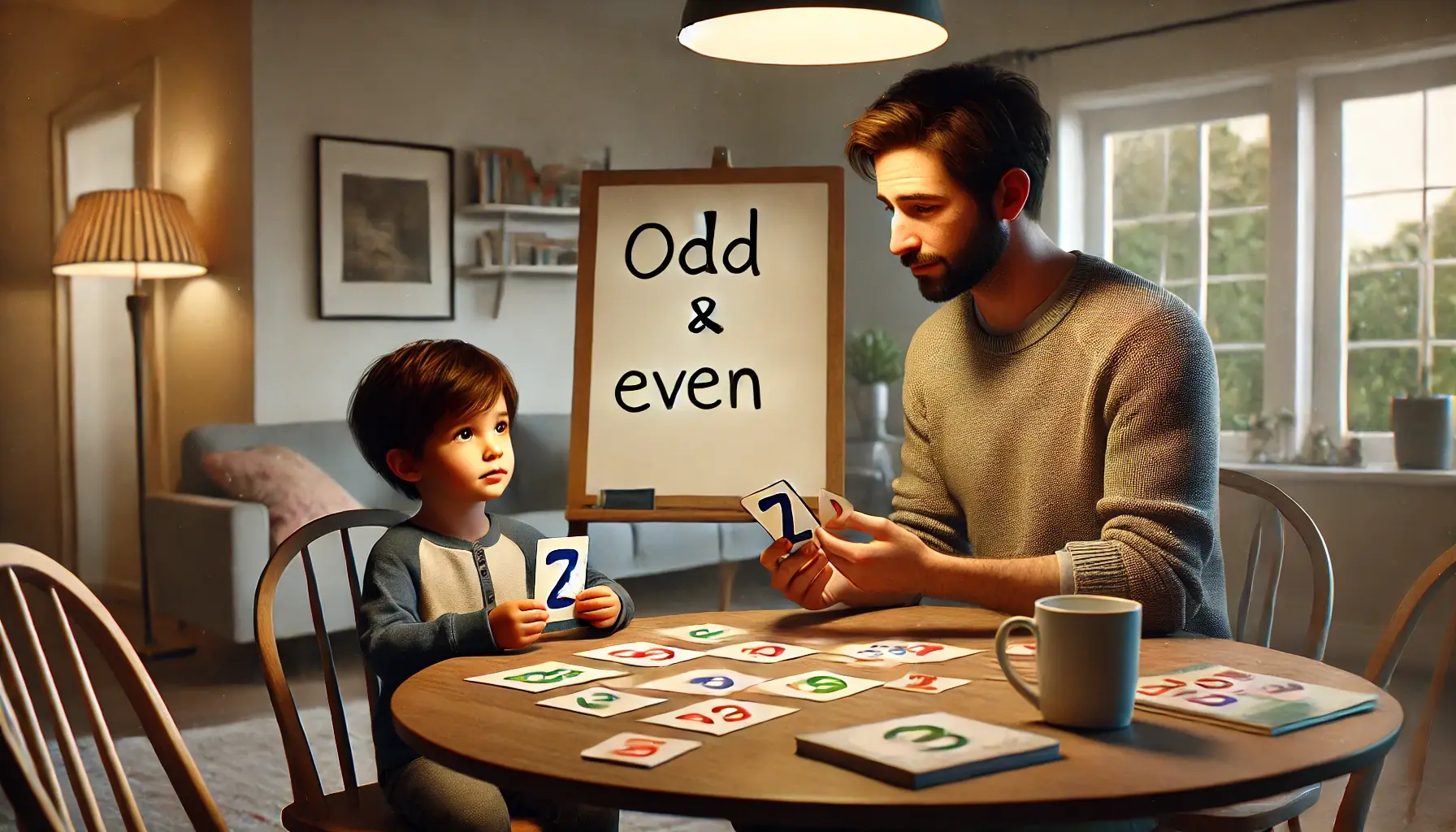
Without understanding vowels, a significant barrier to reading emerges. Teaching your child vowels is crucial for early reading development. Vowels are central to phonics, linking sounds to the letters they read. Your child needs to understand the difference between short and long vowel sounds. They cannot correctly form or pronounce most words without vowels, as vowels are key to creating syllables. These skills are fundamental for building literacy and achieving reading fluency.
Parents play a vital role in their child's vowel education by modeling daily reading, emphasizing sounds, and providing support. This article will delve into the importance of vowels and explore ways to enhance your child’s vowel education journey.
What Are Vowels? Understanding the Basics
Defining Vowels: Explanation of Vowels (A, E, I, O, U)
Vowels are a fundamental component of the alphabet, characterized by speech sounds produced without any airflow restriction. In the English language, there are five primary vowels: A, E, I, O, and U. Occasionally, the letter Y is also considered a vowel, depending on its use in a word, but our focus will be on these main five vowels. The differences between vowels and consonants are notable. First, airflow is restricted when pronouncing consonants, while vowel sounds allow for unrestricted airflow. Second, vowels form the core of syllables, with consonants framing them. Lastly, vowels exhibit more variations in sound, such as short and long vowel sounds, whereas consonants maintain more stable sounds.
Short Vowels vs. Long Vowels
Short vowels are pronounced quickly within a syllable and have distinct sounds that don't resemble their vowel names. For example, the short vowel "A" is found in "cat" and "apple," producing an "ah" sound. Short "E" is heard in "bed" and "red." The short "I" appears in "sit" and "hit." For the short "O," we have "dog" and "hot." Lastly, the short "U" is present in "cup" and "sun."
.png?width=699&height=393&name=Genie%20(12).png)
Long vowels are straightforward as they sound like their letter names and are typically longer in duration. For example, the long "A" in "cake" and "rain" is pronounced as in the alphabet. Similarly, the long "E" is found in "see" and "beef," the long "I" in "ride" and "line," the long "O" in "hope" and "boat," and the long "U" in "use" and "tube." These examples illustrate where long vowel sounds occur in words.
.png?width=703&height=395&name=Genie%20(13).png)
How to Teach Long and Short Vowels to Your Child
1. Start with Familiar Short Vowel Sounds
Starting with short vowel sounds and words is beneficial because they are generally more straightforward and consistent than long vowels. Short vowels form the foundation of phonics and are key to early consonant-vowel-consonant words like "cat" and "bed." Once your child is comfortable with these sounds, transitioning to more complex reading skills becomes smoother. It’s crucial for your child to practice short vowels using everyday words for consistency, which is integral to their success.
2. Gradually Introduce Long Vowel Sounds
Gradually introduce long vowel sounds once your child has gained a strong understanding of short vowels. It’s best to start with words that have clear long vowel sounds. Words like "cake," "home," and "like" feature distinct long A, O, and I sounds. A helpful technique is the "Silent E" trick: when you see an "E" at the end of these words, it changes the vowel from short to long.
3. Visual Aids and Flashcards
.png?width=699&height=393&name=Genie%20(11).png)
Visual aids are incredibly helpful for kids, so tools like alphabet cards and vowel charts can assist children in associating vowel sounds with letters. The great thing about these aids is that you can make them at home. Simply grab some flashcards and start writing different letters and words. If you're having trouble making them, don't worry—you can easily find vowel flashcards online.
4. Create Word Lists for Each Vowel
By creating a list of common words that start with or include vowels, you're helping your child build their vowel literacy without them even realizing it. Words like "bat," "bed," and "cake" are frequently encountered in storybooks and everyday life. Having these words laid out and reviewing the list often reinforces learning. Turn this list into a game or quiz. There are endless ways to make practicing these common words a fun activity.
Fun Activities to Reinforce Vowel Learning
1. Vowel Matching Games
Vowel matching games are fun and engaging for young learners. All you need are index cards, markers, and pictures or stickers. Write each vowel on a separate index card and create multiple sets: one for short and one for long. Find or draw pictures of items that correspond to each vowel sound. For example, use a picture of an "apple" for the short A sound and "cake" for the long A sound. Aim for 5-10 pairs of vowel and picture cards per game. To make the game more interactive, turn it into a timed challenge or a memory game by placing all cards face down and having your child flip two at a time to find matching pairs.
2. Sing Songs and Rhymes to Learn Vowels
Songs and rhymes can greatly aid your child in learning vowels and keeping them ingrained in their memory. Songs make the learning process enjoyable. Here are some resources: "Apples and Bananas," "Old McDonald Had a Farm," "The Vowel Song," the "AEIOU Vowel Song," "The Name Game," "B-I-N-G-O," "Wheels on the Bus," and "Down by the Bay." All of these are effective in helping with vowel recognition and pronunciation.
3. Storytime with Emphasis on Vowels
Choose books with repetitive texts or rhymes that contain a lot of the same vowel sounds. Skim the book beforehand to identify keywords and vowels for your child to listen to. Use sticky notes to track consistent vowels. Before reading, let your child know which vowel to listen for. For instance, "Today we're focusing on the short 'E' sound, like 'pet' or 'hen'." This prepares your child to identify their target vowel sound. As you read, emphasize the vowel sounds in keywords and pause to engage your child. Have them repeat vowel words to reinforce the practice. Make reading interactive by having your child clap or wave when they hear the target vowel sound.
Tips for Parents to Make Vowel Learning Engaging
1. Keep Lessons Short and Fun
It's important to keep learning sessions brief and fun to maintain your child’s focus. Encourage learning and curiosity through playful approaches to teaching vowels, such as scavenger hunts, drawing, matching games, and interactive read-aloud, to keep your child eager to learn.
2. Use Everyday Situations to Teach Vowels
Vowel sounds are woven into everyday life. Use teaching opportunities while shopping, driving, or cooking. To consistently teach your child, point out vowel sounds in signs, labels, or conversations. Creating lessons from daily life helps build genuine connections between learning and real-world applications.
3. Tracking Progress and Celebrating Success
How to Monitor Your Child’s Vowel Learning Progress
There are numerous ways to track your child's progress in recognizing and sounding out vowels! Observe them naturally, paying attention to how they respond to read-aloud and noting their fluency. Assess their performance in interactive games—for instance, how many cards they get right in a vowel-matching game. This can indicate whether they're struggling with some sounds while excelling with others. You can also use vowel flashcards to quiz them, noting their speed and accuracy. All these methods measure progress without pressure, allowing you to see how they perform in familiar activities.
4. Celebrate Small Wins
Celebrate the small and big wins in your child’s progress to keep them motivated and engaged. Positive reinforcement boosts confidence, a key to your child's success. Fun rewards and activities that encourage continued learning are the best ways to keep your child eager to
How Genie Academy Can Help Your Kid With Vowels
At Genie Academy, we’re here to make learning vowels easy and fun for your child! Our tutors cover essential subjects like reading, writing, math, and abacus, and teaching vowels is an important part of our reading and writing lessons. Whether your child is just starting to recognize vowel sounds or needs more practice with pronunciation and spelling, we’re ready to help.
We know how busy life can get, so we offer online and in-person classes to fit your schedule. With small class sizes, each child gets plenty of attention, making staying focused easier. Plus, with locations across New Jersey—in East Brunswick, Hillsborough, Marlboro, South Brunswick, Plainsboro, and South Plainfield—our expert tutors are right in your community, ready to support your child’s learning journey!
Conclusion
To recap, we discussed strategies for teaching vowels at home, starting with short vowel sounds and progressing to long vowels when your child feels confident. We talked about using visual aids like flashcards and vowel charts. We also explored vowel-matching games, songs and rhymes, and read-aloud tips to help teach vowels at home. Keeping lessons short and sweet and using everyday surroundings as teaching opportunities will help maintain engagement and consistency.
Remember, teaching vowels is a gradual journey that requires time, patience, and practice. Each child learns at their own pace, so celebrate the small wins and progress. By incorporating these strategies at home, you provide invaluable support, helping your child develop essential skills that will benefit them for a lifetime. You've got this, parents! And if it all seems overwhelming, don’t worry—Genie Academy is here to help encourage your child to grow, explore, and succeed in their literacy journey.





